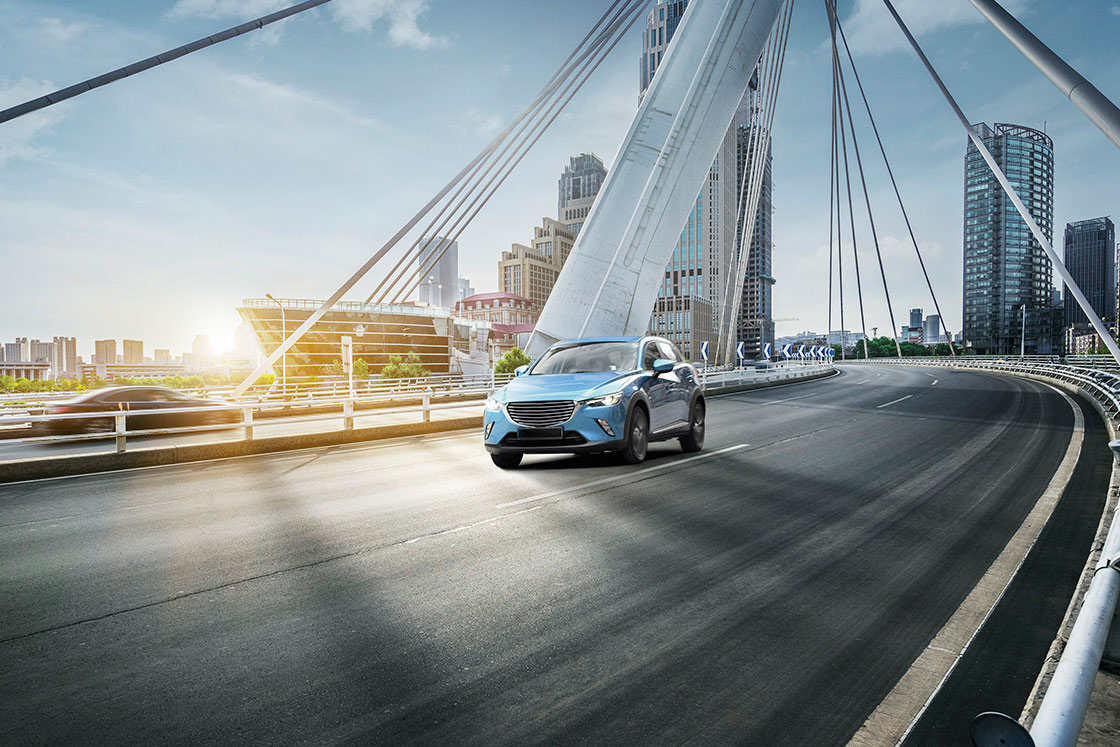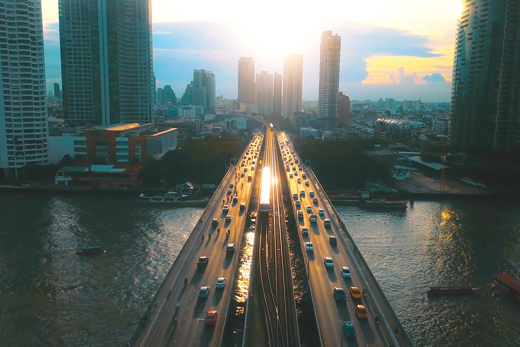
Originally posted on EURACTIV.
The COVID-19 crisis has had a severe impact across the globe, not just from a health but also from a societal and economic perspective. Alleviating and recovering from the pandemic must be at the top of anyone’s agenda: we need to boost economies, (re-) creating sustainable jobs and growth across the EU.
But with the lockdowns, air and noise pollution also dropped remarkably across the world’s cities offering positive effects on the well-being and health of urban dwellers. In regions with lockdowns, there was a decrease of 50-75% in road transport activity and up to 95% in rush-hour traffic congestion in major cities. Milan experienced average NOX concentrations around 17% lower, New Delhi a 66% drop. While we expect a drop in GHG emissions for the entire year 2020 we can also see already that traffic and pollution levels will quickly increase back to near-normal levels, unless we intervene, right now.
To improve the air quality, but also to meet the ambitions of the Paris Agreement, electrification of public and private transportation on land and at sea is key.
E-mobility is central to recovering better
Transport emissions have more than doubled since 1970 and today account for over 24% of global CO2 emissions and around 30% of global final energy demand. For the EU, road transport alone is responsible for around 70% of EU GHG emissions. Transport is also accounting for around half of current global NOX emissions.
Let’s change this as we recover our economies. The required technologies already exist or are in the pipeline and are starting to see good traction in the market. To give some examples, technology for the full electrification of cars, buses, and trucks, as well as city boats, work boats, and ferries, already exists. Further, big vessels like cruise ships can already be powered from sustainable energy through shore-side supply while at berth.
A recent report from Navigant shows that if all urban areas in Europe, China and the US electrified their private and public transport, they could close 28% of the emissions reductions gap needed between today’s total emissions and a 1.5°C scenario. Additionally, currently available electrification technologies have the potential to reduce NOX emissions by 90% per passenger kilometer by 2050.
Add to that that within the EU alone, we can create a significant amount of jobs within electrical vehicle manufacturing, charging infrastructure deployment and batteries. A report from IEA also identifies new electric and high efficiency cars as both timely, a good match for providing jobs for displaced workers and a cost-efficient way of reducing emissions. It is obvious that we need to take this opportunity now.
Take Rotterdam, a city of 645,000 inhabitants. 20% of Rotterdam’s city busses are already emission free and with commitments from public transport operators this is expected to be 100% in only ten years. The share of EVs is expected to increase from 4% to 60% by 2050. These changes will cut the city’s current 1.2 MtCO2e of CO2 emissions from transport to near zero.
Beyond land transport, there is substantial potential to electrify transport on water, both in terms of electric-powered vessels and shore supply. Shore supply provides vessels with electric power from the land grid – while in port – to charge batteries for fully electrical and hybrid vessels. It also supplies electricity from local grids to fossil fuel powered vessels, instead of using the diesel generators on board to power everything from the ship’s coffee machines to the lights. Using shore supply means no consumption of diesel while at berth, which in turn means significantly less local air and noise pollution. As ports are often located close to urban environments, this has a significantly positive impact on local residents.
Another city in the Netherlands, Scheveningen, with a harbor providing berths for more than 7500 vessels each year, has installed shore power resulting in more than 33000 liters of marine diesel saved per month. This results in dramatic reductions of air pollution and CO2.
As we plan our recovery from the COVID-19 crisis, it only makes sense to combine economic stimulus with policies to enable a future of better, healthier, more sustainable cities
Actions needed
The good news is that electric technologies are already available at scale, and their economics are often positive. In addition to that, Europe is moving in the right direction: Electric vehicle sales in Europe jumped 57% in the first quarter of 2020 and more harbours are taking actions towards minimising air pollution.
What we need now are concrete actions. From the EU level, that means clear signals on overall ambition, and holistic frameworks that enable the needed change. Vehicle standards, charging infrastructure, parking incentives, tax rebates and the like will enable the transformation to help boost both economy and climate action. Some of this is already on the EU agenda, while other issues sit better at the national or local level.
The EU Green Deal Framework is already making the right noises – about an extensive roll-out of charging infrastructure, and about the potential of shore supply. Now we need to ensure we are also anchoring electric mobility in COVID-19 recovery plans, at the EU level, national level and local level.
At the national and local level, governments and municipalities themselves are consumers, and electrification of public transport such as busses, city boats, as well as government owned fleets of LDVs is a great place to start to stimulate economies.
As businesses we also have an important role to play. Not only in delivering the needed technologies but also in setting corporate targets, to help push markets and legislators. But we can’t do it ourselves.
The reduced economic activity and stay-at-home measures were born out of a severe health crisis that took away from us the world as we knew it, but it also offered us a glimpse of how to come closer to having a world as we would like it, with more liveable, sustainable cities.

Green Restart
The opportunity is here: to accelerate towards carbon neutrality and mark this moment as a historical turning point. The solutions are ready and proven. Now, it all comes down to the scale and speed of implementation. Let’s make this a Green Restart.
